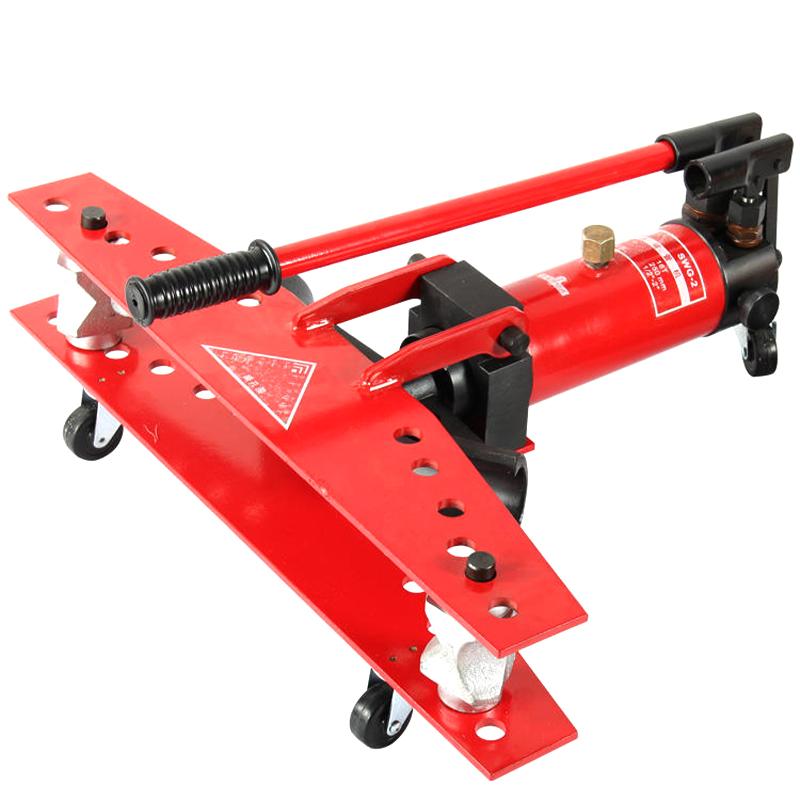One of the key advantages of using a tube bender is its ability to produce smooth, continuous bends without kinks or sharp angles. This is particularly important in applications where fluid flow is involved, such as in piping systems. Smooth bends created by a tube bender can significantly reduce flow resistance and improve overall system efficiency. Additionally, the precision of a tube bender ensures that each bend is consistent, which is crucial for maintaining the integrity of the final product.
The versatility of a tube bender is evident in its ability to handle various tube sizes and shapes. While round tubes are common, many benders can also accommodate square and rectangular tubes. This adaptability makes the bender suitable for a wide range of industries, including automotive, aerospace, construction, and furniture manufacturing. Each industry benefits from the unique capabilities of the tube bender, allowing for innovative designs and efficient production processes.
In terms of technological advancements, modern tube benders often incorporate computer numerical control (CNC) systems, which enhance precision and repeatability. CNC tube benders can be programmed to execute complex bending sequences automatically, reducing the need for manual intervention and minimizing the risk of human error. This automation not only increases productivity but also allows for the production of intricate designs that would be challenging to achieve with manual bending techniques.
